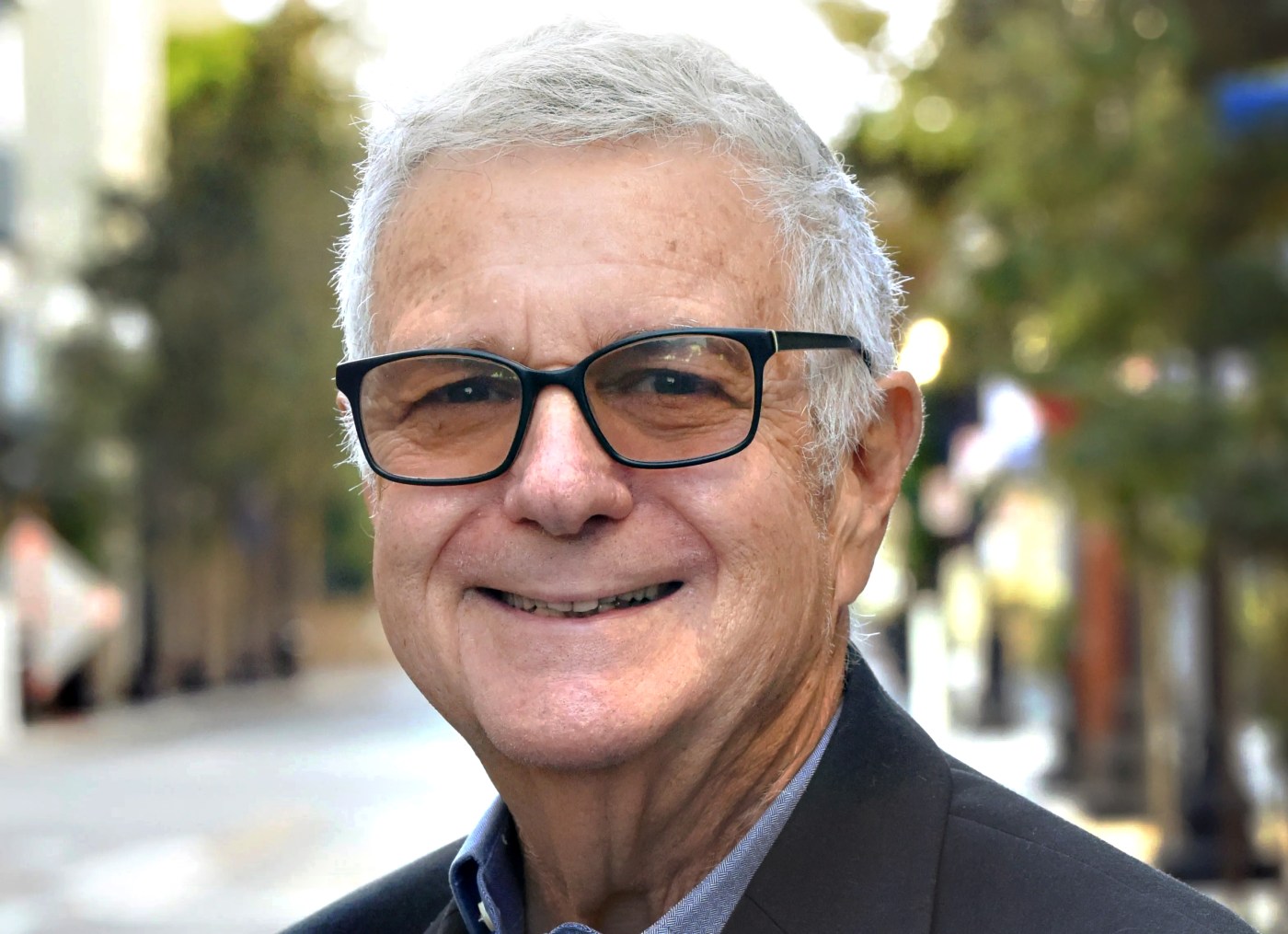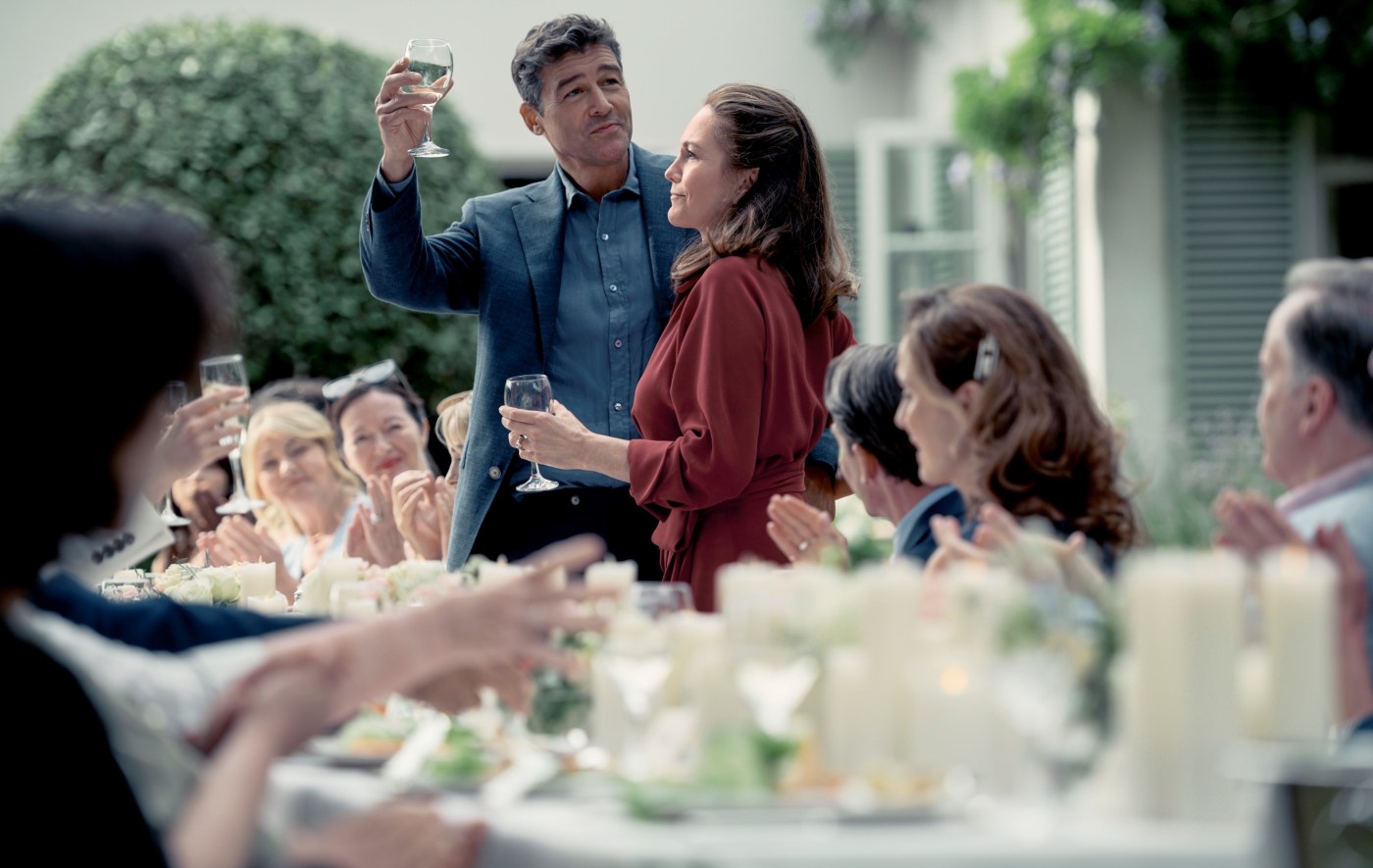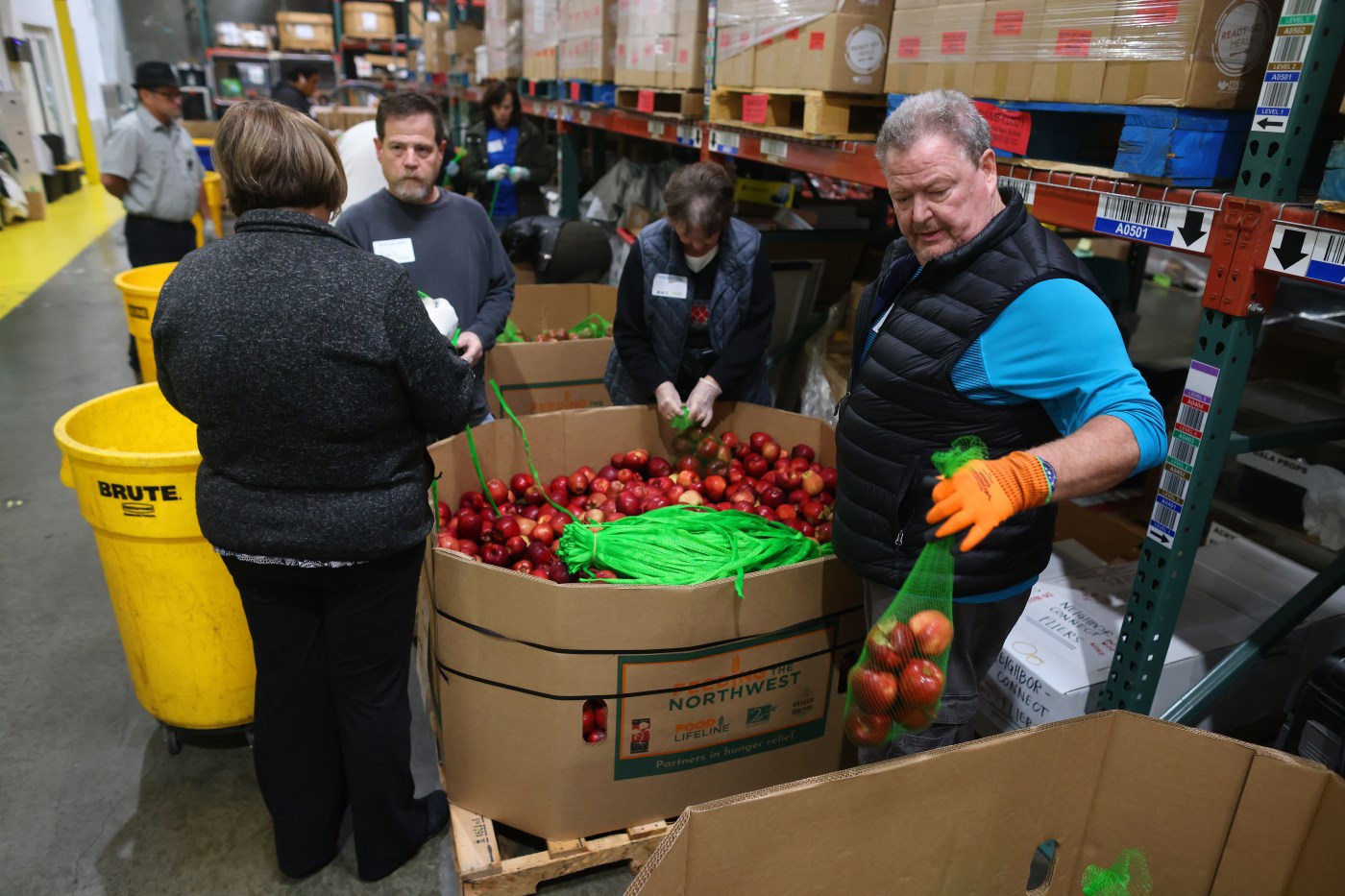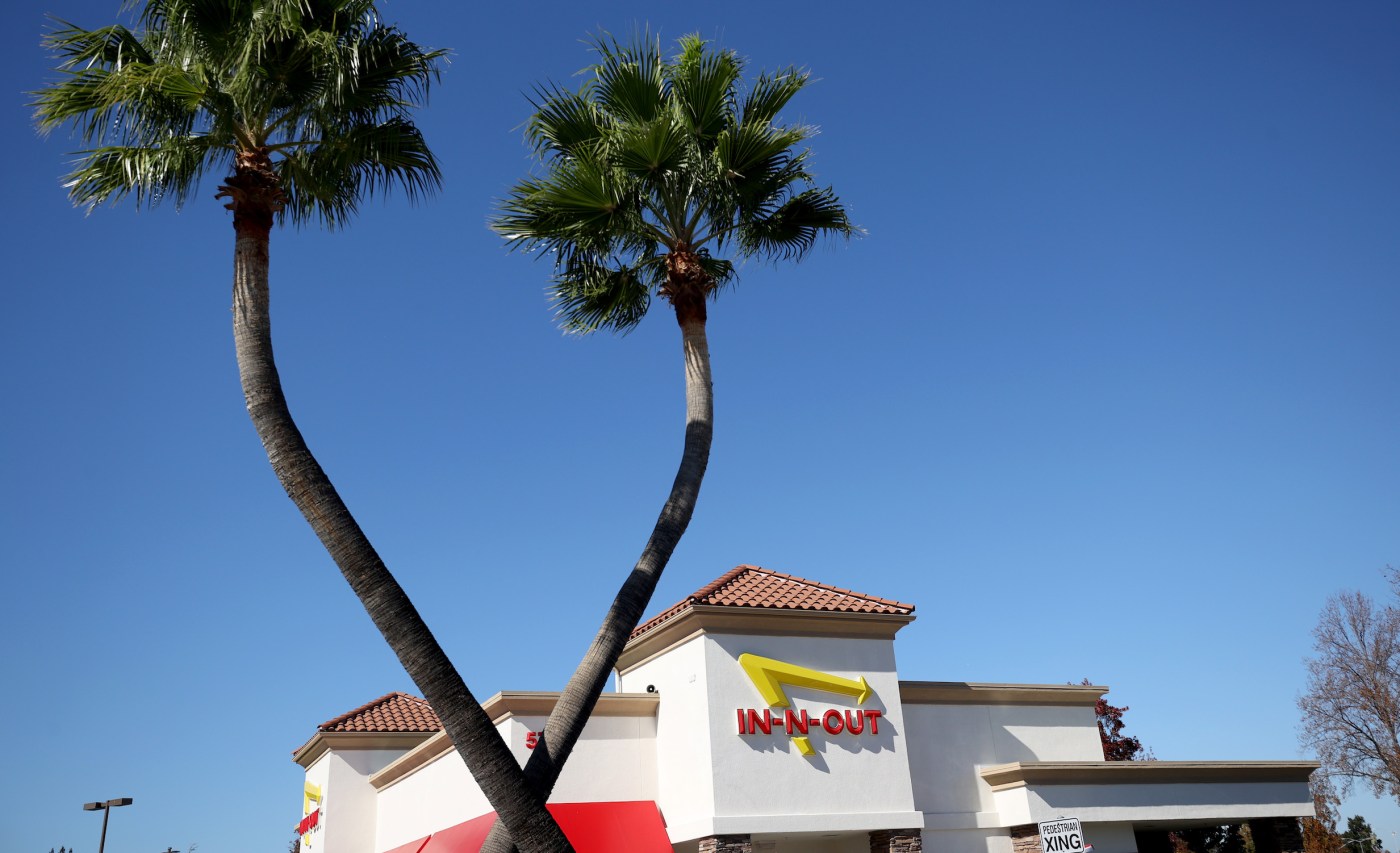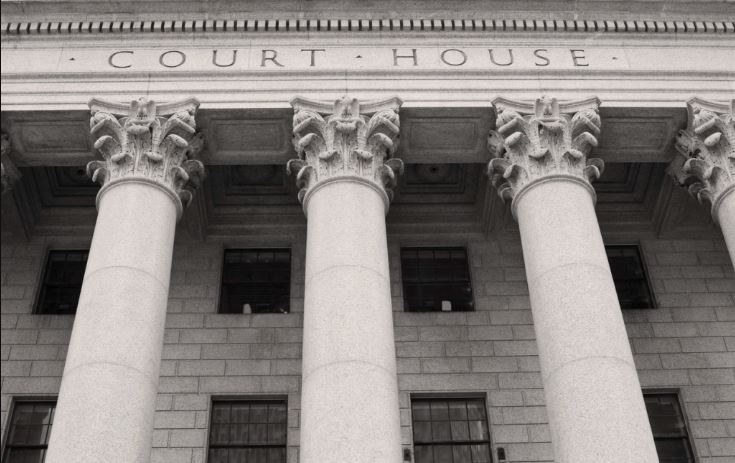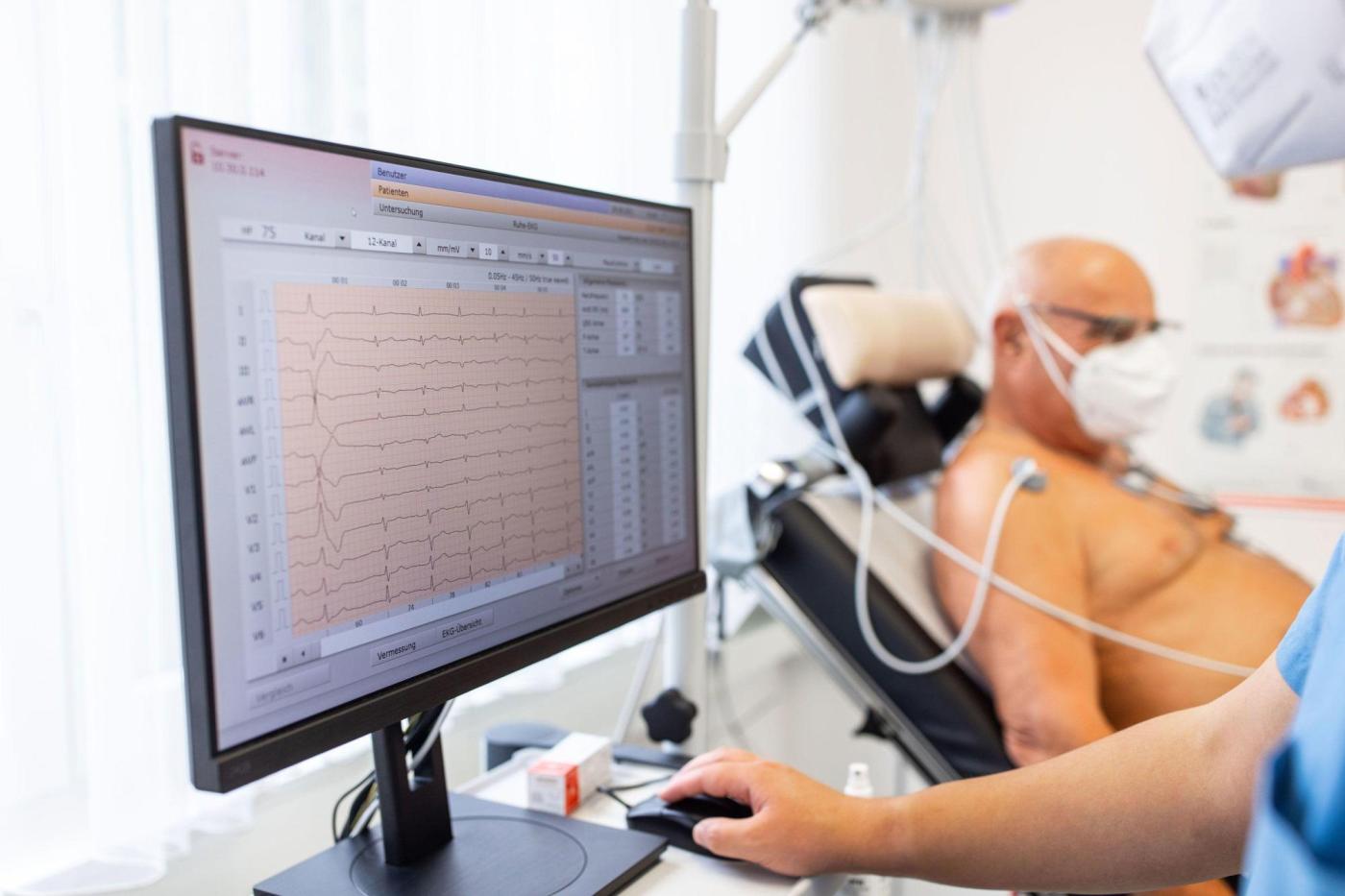Federal regulators are looking into Tesla’s new “Mad Max” Full Self Driving (FSD) mode, which ignores speed limits and reportedly may drive as fast as 85 miles per hour while weaving between lanes. I’ve deliberately avoided trying Mad Max on my 2024 Model 3, but I have tried the other four modes and am concerned about possible dangers (and chances of a ticket) for all but two of them. I am also bothered that Tesla took away the ability for a user to specify the maximum speed of the car while in FSD mode.
FSD is an optional feature on Teslas. It costs an extra $8,000 to purchase or $99 a month to subscribe.
Related Articles
Magid: Meta expands Instagram and AI teen safety efforts
Magid: Google refines its Pixel Watch
Magid: For AI and Zoom, Pixel 10 Pro leaves iPhone behind
Magid: My first two weeks with the iPhone 17 Pro
Magid: Breathing new life into old batteries
Can enhance safety if used correctly
FSD has long been the subject of concerns by regulators and safety advocates, and until now, I’ve defended it because, when used cautiously, it can enhance safety. When using FSD, I always keep my eyes on the road, my hands on or near the steering wheel, and one foot ready to hit the brakes if necessary. I have only two eyes, but FSD has access to seven or more cameras on all sides of the vehicle and knows, for example, if a car is about to pass me when I’m about to make a lane change. My eyes and judgment along with its cameras and algorithms add up to a safer experience as long as I pay attention and act if necessary. There are also times when it sees things I can’t, such as when the sun is in my eyes. I wish Tesla used lidar and radar sensors, which can sense obstacles even in zero visibility, but Tesla CEO Elon Musk thinks that cameras are sufficient. I and a lot of experts disagree, but for the most part, cameras do a good job as long as there is sufficient visibility and as long as the driver remains attentive.
Users can change mode but not maximum speed
With the newest version of FSD, Tesla has changed the function of the right scroll wheel from adjusting maximum speed to setting one of five modes: Sloth, Chill, Standard, Hurry, and Mad Max. Each of these modes has its own driving characteristics, including speed and lane changing. Sloth and Mad Max are new; Chill, Standard and Hurry were introduced in a previous update.
My car recently got an over-the-air update to version 14.1.4, which is what I’ve had the opportunity to test.
Took away safety feature
My biggest concern with the newest update is that they took away the ability to set a maximum speed. With version 13, you could use the scroll wheel to adjust your speed up or down so that you could go above or below the speed limit, just as you can with conventional driving.
Now, your speed depends entirely on the mode you choose, and the only mode that stays within the speed limit is Sloth, a term that strikes me as derogatory, as if obeying the speed limit is sloth-like. Even Chill is likely to take you above the limit, albeit by just a couple of miles per hour. But when I put my car on Standard, a word that implies the recommended setting for typical usage, the car exceeds the speed limit by enough to trigger a ticket. Hurry and Mad Max are even faster. And there are no longer ways for you to set your own speed other than turning off FSD and driving manually.
Speeding through school zone
I tested Standard mode on city streets and the freeway and found that it would go between 5 and 10 miles per hour above the speed limit, including in a school zone. As an experiment, I drove by a school during school hours, making sure there were no children (or police) present. I set it for Standard and it passed the school at 30 MPH even though the car’s screen indicated the speed limit was 20 MPH. Had there been children present, they would have been in danger, and even though police can use discretion when enforcing speed limits, I suspect most would have pulled me over. To be clear, this is the only time I have ever knowingly exceeded a school-zone speed limit, and I promise never to do so again.
Image shows the car knew the speed limit was 20 MPH but still went 30 MPH in school zone.
On the freeway, Standard mode cruises at about 70 MPH in a 65 MPH zone. That’s not an unusually high speed for freeway driving, but it can get you a ticket, and many people are not comfortable at that speed. It seems to me that “Standard” should be the speed limit, and there should always be a way to adjust it downward if that’s what you prefer.
Hurry mode is designed to go even faster. When I tried it on an open stretch of freeway, it ignored the 65 MPH speed limit and sped up to 75. That’s not unusual on our freeways, but it’s faster than I like to drive and definitely a ticket magnet. I didn’t dare try Mad Max.
To be fair, FSD will automatically adjust the speed downward if conditions require it, such as when traffic is moving slower or on windy roads, and, of course, you can always change modes or disable FSD simply by touching the brake pedal or turning it off.
Tesla calls it a feature, not a bug
A year ago, Phil Duan, a principal software engineer at Tesla AI, tweeted “Set speed is a legacy concept from cruise control, where a user sets a speed target, and the car tries to match it. In the world of FSD, almost all user inputs are considered errors. The user simply specifies a destination and a driving style (chill, standard, hurry), and FSD will just do the right thing, including driving at the most appropriate speed.”
Recently, Duan tweeted, “Turns out max speed was still too complicated, so we deleted it altogether. The best part is no part.” I disagree.
October 2024 Tweet from Phil Duon
We’re not there yet
I get where Tesla is coming from. It’s trying to develop fully autonomous vehicles that can operate without a driver. But we’re not there yet. Google, whose parent company owns Waymo, has been developing and testing autonomous vehicles since 2009, and Waymo only operates in areas where they have been mapped. You can catch a Waymo in San Francisco and in Mountain View, but you can’t ride one between the cities because they haven’t been fully tested on that route. Tesla FSD can drive anywhere, including freeways, alleys, parking lots and other areas that have not been vetted or mapped. I’m OK with that as long as the driver has control, but I’m not OK with taking away the driver’s ability to adjust the speed of the car that they, despite using FSD, are driving.
I’ll continue to use FSD, but most of the time, I’ll be in Sloth or maybe Chill mode. Some people call that “granny mode,” but, as a recent grandfather, that’s OK with me.
Related Articles
Amazon details Bay Area cutbacks that will erase hundreds of jobs
Californians’ economic hopes drop 23% since Trump election
Joby collaborates with Nvidia to accelerate next-era autonomous flight
Disneyland lays off about 100 salaried employees
General Motors to lay off more than 3,300 employees across 3 states
Larry Magid is a tech journalist and internet safety activist. Contact him at [email protected].
